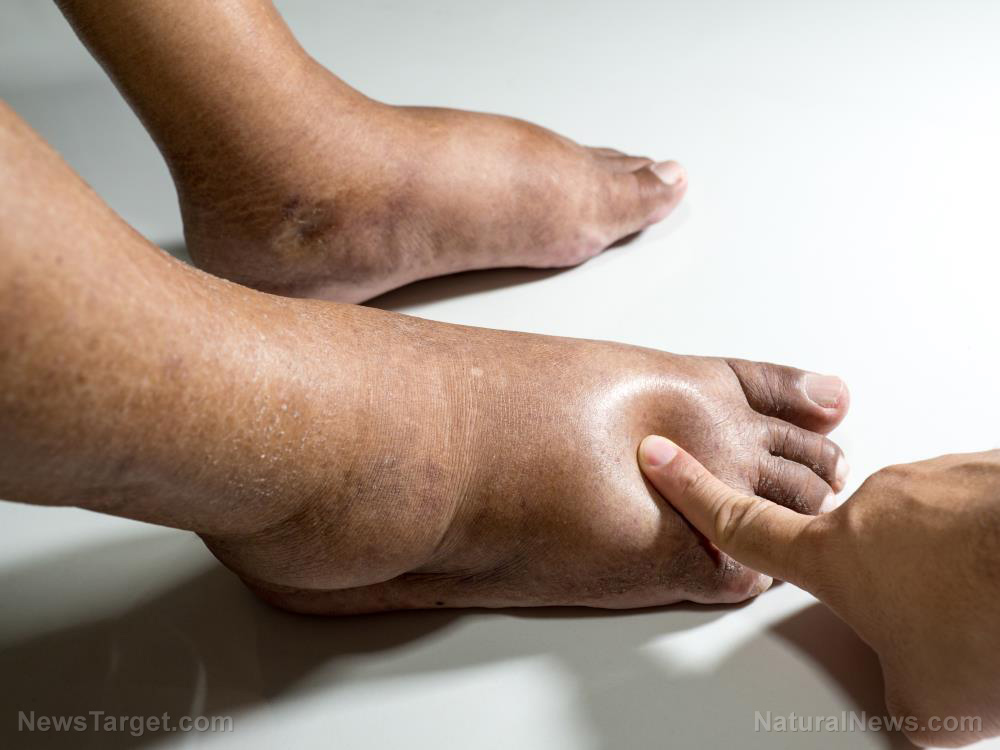
What is diabetic foot?
According to estimates, about eight percent of patients with diabetes develop foot ulcers. Nearly two percent of reported cases are unsalvageable and end up in amputation. The main cause of diabetic foot is the simultaneous occurrence of three factors, namely, ischemia, peripheral neuropathy, and immunosuppression.
Ischemia, by definition, is inadequate blood supply to any part of the body. In patients with diabetes, ischemia results from atheroma, or the degeneration of arterial walls. This is caused by the buildup of fat deposits and scar tissues in the arteries.
Peripheral neuropathy, meanwhile, refers to conditions that result from nerve damage. People with high blood sugar levels often suffer irreversible nerve injuries that deprive them of sensation in different parts of the body, particularly in the extremities.
Immunosuppression is also a result of excess sugar in the blood, which affects the immune function negatively and predisposes sufferers to infection.
Modern methods of dealing with diabetic foot include the drainage of pus, debridement of dead tissue via local amputation of necrotic digits, and administration of antibiotics. In Ayurveda -- one of the oldest systems of medicine that originated in India -- similar interventions have been described for the treatment of certain types of wounds. (Related: Learn Ayurveda Remedies.)
Ayurveda and allopathy can successfully treat a diabetic foot
A non-healing diabetic foot demands more attention due to the distinct problem it poses. Often, a diabetic foot is difficult to manage and requires the severance of the injured foot.
In the present study, the researchers reported the case of a 62-year old male patient with diabetes mellitus who had been suffering from a non-healing foot ulcer for a month. Despite taking oral medication, the patient's diabetes remained uncontrolled. The wide-open wound in his right foot was foul-smelling and had continuous discharge. While the patient reported feeling no pain, his wound showed continuous growth. Before seeking an alternative approach, the patient was advised by a vascular surgeon to undergo above-ankle amputation.
For the management of his diabetic foot, the researchers applied internal and external Ayurvedic interventions for dusta vrana (non-healing ulcer). These included procedures such as chedana (excision), bhedana (incision), vasti (medicated enema) and parisheka (wound washing). Adhoshaka abhyanga (medicated oils), naadi sweda (steam), and panchavalkala kwatha avagaha (medicated decoctions) were also used to enhance blood circulation to the affected part, debride the wound, and initiate wound healing.
During the treatment, the researchers allowed the patient to take his medication for diabetes regularly. The patient was also given antibiotics to address bacterial infection. To keep the wound dry and free from discharge, the researchers used vacuum-assisted wound closure dressings and gave the patient wound cleansing (vrana shodhana) and wound healing (vrana ropana) medicine together with his medications. Medicated oil (Jathyadi taila) was also used for wound dressing, and skin grafting was performed to ensure complete wound closure.
The researchers reported that the combined intervention methods accelerated and improved wound healing of the diabetic foot. After six months, the patient's foot was completely healed, and he was discharged from the hospital without having to undergo amputation.
Based on these results, the researchers concluded that an integrative approach which combines Ayurvedic and allopathic medicine with advanced techniques for maintaining the dry state of wounds is an effective way of managing cases of diabetic foot and preventing major amputation. They hope that this kind of approach can be further studied to determine its applicability in handling different types of chronic, non-healing ulcers.
Sources include:
Please contact us for more information.























